#137 in Vietnam
Dưa Chua: Basic Information
Pronunciation
Alternative Name(s)
Dish Type
Course
Mealtime
Popular Variations
Dưa Chua: Ingredients and Preparation
Main Ingredients
Main Cooking Method
Preparation Process
Dưa Chua: A Deep Dive
Cultural Significance
Taste
Texture
Aroma
Color
Serving Style
Serving Temperature
Accompaniment
Occasions
Seasons
Special Diets
Calories
Popularity
Popular Similar Dishes
- Cà Pháo Muối
- Sauerkraut
- Kimchi
- Torshi
- Tsukemono
Popular Dining Area
Dưa chua, literally “sour pickled vegetable,” is a traditional Vietnamese dish of pickled mustard greens (Chinese mustard). It sometimes features additional vegetables like shallots, scallions, and chili peppers. The pickling solution consists of warm water, salt, sugar, and vinegar or lime juice.
Napa cabbage (Chinese cabbage) is occasionally used as a substitute for mustard greens to make dưa chua, which is based on Chinese suan cai. Some people like to add rock sugar to the pickling solution to add a beautiful yellow hue to the pickle.
The less salt the pickling liquid has, the faster dưa chua is fermented. Dưa chua can be served after being pickled for 2 – 3 days, but for health reasons, it is more advisable to increase the salt content and let dưa chua ferment for 10 – 14 days.
Dưa chua is a universal condiment and side dish for various Vietnamese foods, such as rice, cơm tấm (broken rice), and bánh mì. The tangy and salty condiment is usually paired with rich, meat-based dishes to balance the flavor profile. Dưa chua can also be used in cooking, braised or stir-fried with pork belly, roast pork, beef, or offal.
Continue to discover how Vietnamese people make dưa chua at home. I will also reveal the benefits and drawbacks of dưa chua before addressing commonly asked questions and suggesting similar dishes.
Key Points
Dưa Chua Images
How Is Dưa Chua Prepared?
Vietnamese people usually follow the 3 steps below to make dưa chua.
Step 1: Preparing Mustard Greens
Wash mustard greens carefully with water. Wash and slice other vegetables (if any), such as shallots, scallions, and chili peppers. Sun-dry or blanch the mustard greens to sterilize them (optional). Let the mustard greens drain.
Step 2: Making the Pickling Liquid
Bring water to a boil. Let it cool down, then add salt, sugar, and vinegar or lime juice.
Step 3: Pickling Mustard Greens
Add the mustard greens and other vegetables to a glass jar. Pour water into the jar, place a heavyweight on top of the vegetables, and put on the lid. Leave the vegetables to ferment for at least 2 – 3 days.
This preparation process imparts a powerful flavor to dưa chua, making it a versatile condiment to serve with many dishes.
What Vietnamese Dishes Can Accompany Dưa Chua?
The following dishes are great for consuming with dưa chua.

Cá Kho
Fish braised in a clay pot with caramel sauce, garlic, and black pepper.
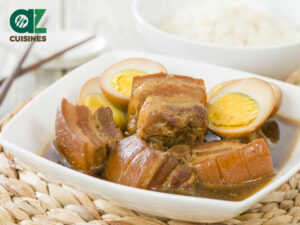
Thịt Kho Tàu
Also known as caramelized pork and eggs, known for its tender pork and caramelized eggs.

Thịt Nướng
Thịt nướng is a Vietnamese dish made by marinating and grilling pork. It can sometimes be grilled on skewers.
Pros and Cons of Eating Dưa Chua
Dưa chua can be very beneficial if consumed the right way, but it also poses several health concerns. Here are the most significant upsides and downsides of dưa chua.
Pros
Cons
With these facts, I hope you can enjoy the benefits of dưa chua while knowing how to remedy its shortcomings. Check out other aspects of this Vietnamese pickle in the FAQs.





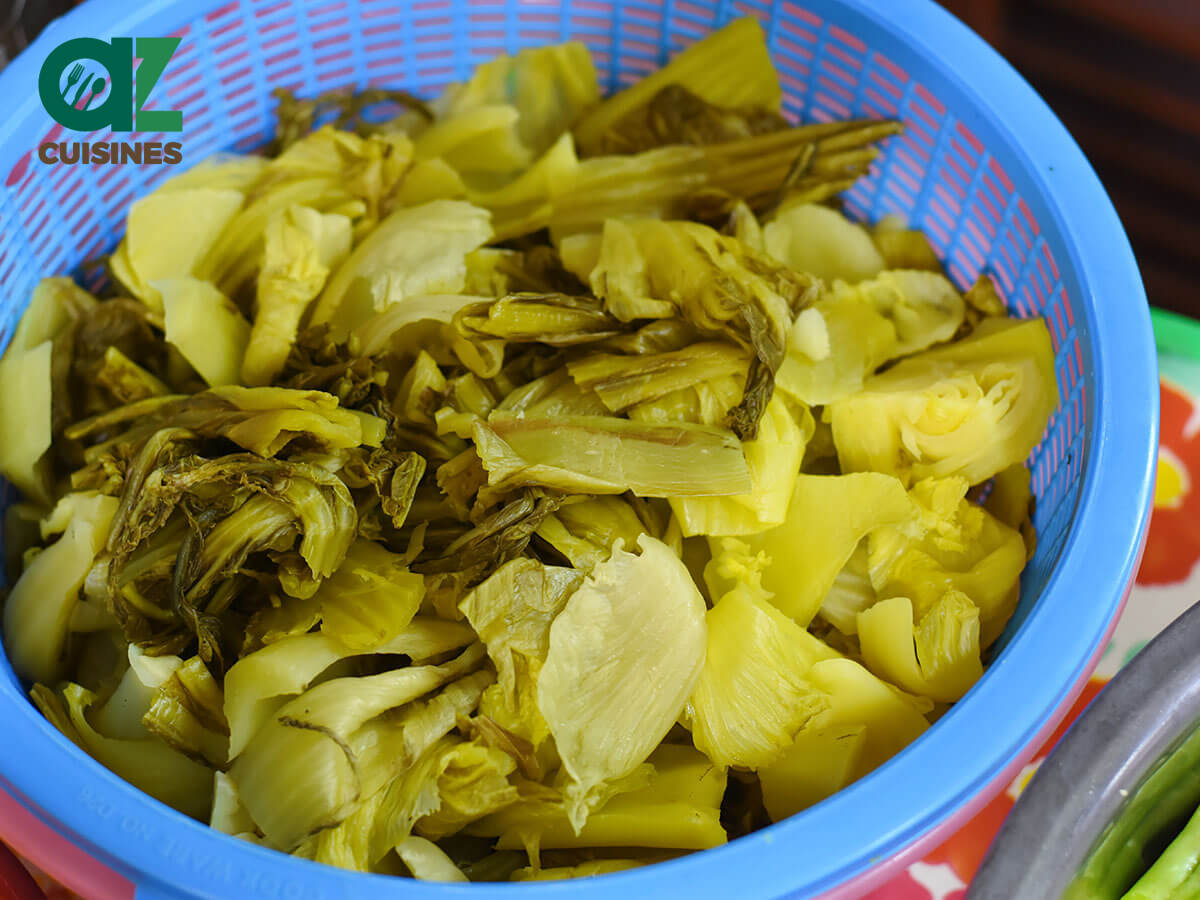
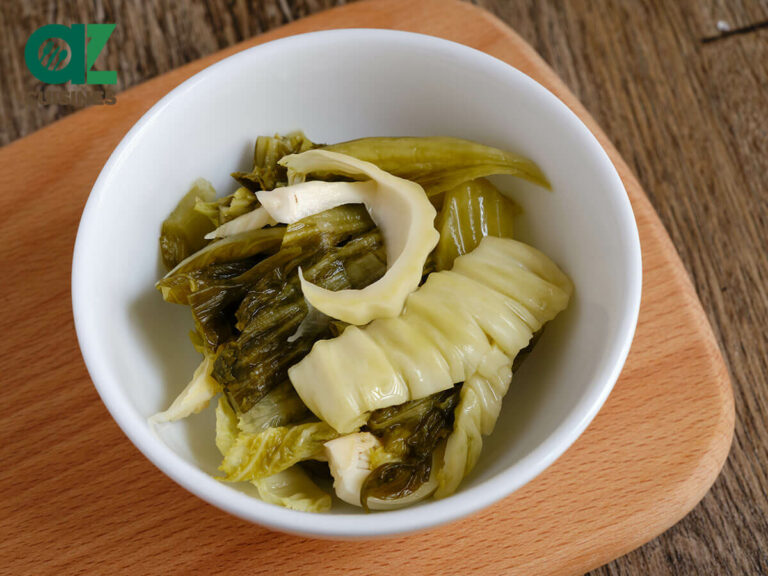
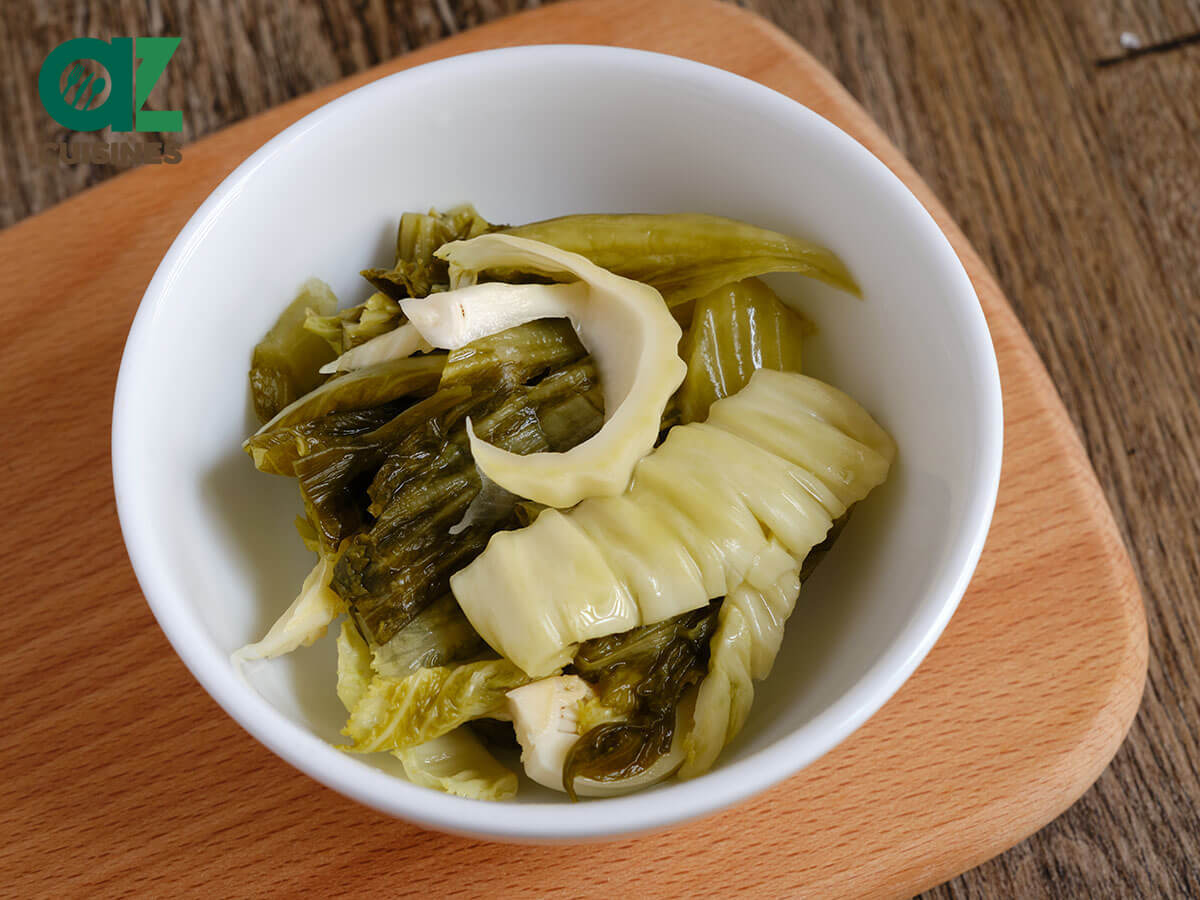
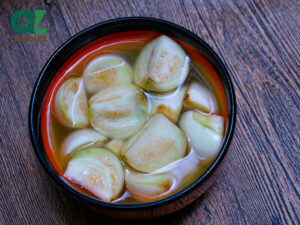
Truc Tran (Kris)
Senior Food Editor
Expertise
Home Cooking, Meal Planning, Recipe Development, Baking and Pastry, Food Editor, Cooking-video Maker, Vietnamese Food Evaluation Expert
Education
Truc Tran (Kris), an experienced food writer and editor, is great at exploring and describing global cuisines, from simple street food to fancy dining. In her writing, she skillfully mixes different flavors, cooking methods, and culinary traditions, showing the unique character of various cultures through their food and drinks. On azcuisines.com, Kris highlights her knowledge, especially in Asian cuisine and worldwide traditional dishes.